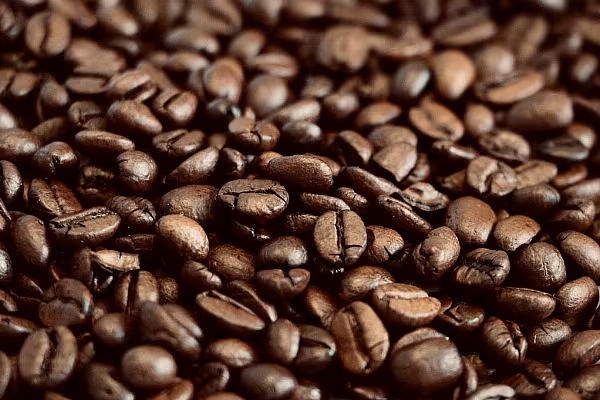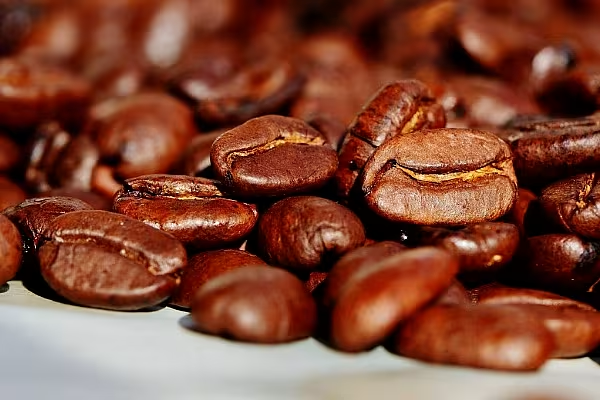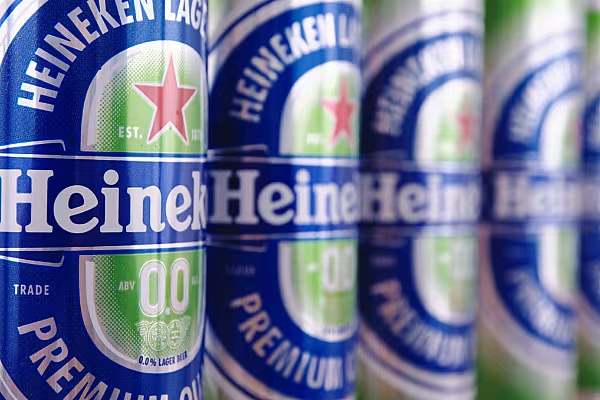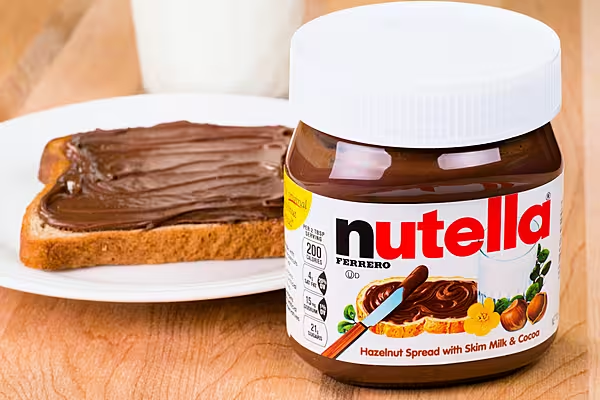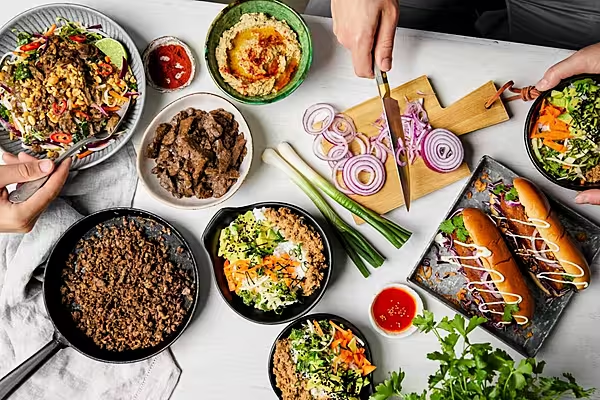Naoko Otsuka didn’t think twice about paying the equivalent of $23 for 5 ounces of chocolate. The dark-brown slivers of sweetness weren’t just a treat, the Japanese homemaker said, but an opportunity to learn more about a superfood.
The six bars Otsuka bought from a store in Tokyo’s bustling Shibuya shopping district were made by an artisan manufacturer each from a different batch of cocoa beans grown in Vietnam. “I want to taste the difference between each bar,” said Otsuka, 55. “Before coming to this shop, I didn’t know beans could taste different depending on their origin.”
Priced at 17,500 yen per kg ($72 a pound), her purchases were about eight times dearer than supermarket-bought chocolates, often made from fewer cocoa beans supplied in bulk from various sources.
Consumers like Otsuka are helping to drive demand for premium chocolates, a niche whose sales are outpacing the mass market dominated by companies such as Hershey Co. and Cadbury owner Mondelez International Inc. Marou Chocolate Co., which made the bars Otsuka bought, has doubled its sales in Japan every year since entering Asia’s biggest chocolate market three years ago.
That growth reflects increasing consumer demand for products that identify the source of their cocoa beans, said Jonathan Parkman, co-head of agriculture at brokerage Marex Spectron Group in London. Even Meiji Holdings Co., which began selling chocolate in Japan in 1918 and says it has a 23.8 per cent hold on the domestic market, began offering so called bean-to-bar lines in September 2014 made with cocoa from Brazil and Venezuela. It’s namesake milk chocolates sell in supermarkets for about 2,200 yen a kilo, or $9 a pound.
Bean-to-Bar
“Bean-to-bar, started by artisan chocolate manufacturers, is a trend we cannot ignore,” said Yuko Nakamura, a spokeswoman at Tokyo-based Meiji Co., the confectionery unit of Meiji Holdings. “By adding it to our product lines, we want to catch new customers and expand sales.”
Demand has probably accelerated in the last few years, Parkman said. “Manufacturers and consumers require greater and greater transparency in not just the countries that the cocoa comes from, but more and more traceability - where exactly it comes from, how it’s produced.”
The worldwide retail market for chocolate increased 6.7 per cent to $101 billion last year, according to researcher Euromonitor International. Globally, consumers pay an average of $14 a kilogram, compared with $22 in Japan.
A decade ago, Japanese consumers were paying double the global average. The differential has narrowed as premium-chocolate sales have taken off in other markets, with the trend helping to reverse a slide in demand for so-called fine or flavor cocoa made from the less-common Criollo and Trinitario cocoa trees.
Cream-Filled
In recent decades, major chocolate manufacturers had used more “bulk” or “ordinary” cocoa from beans harvested from Forastero trees because the flavours worked better with the nuts, fruit and cream centres popular with consumers, the International Cocoa Organization says on its website. “Only very recently has the demand for fine or flavour cocoa started to grow very rapidly,” it said.
At a time when demand for conventional chocolates in mature markets like the U.S. and Europe is weak, consumers are showing they’re willing to buy premium cocoa products, Jack Skelly, a food analyst at Euromonitor, said in an interview this week at the World Cocoa Conference in the Dominican Republic.
“Consumers are realising there’s a variety on flavour,” especially with higher-end products made from a single type of bean, Gary Guittard, the president at Burlingame, California-based Guittard Chocolate Co., said Tuesday at the cocoa conference. “They were raised to only think of chocolate as being one flavour.”
Cocoa Prices
Cocoa futures in New York advanced 10 per cent last year, adding to a 38 per cent gain over the previous three years. Cocoa for delivery in July slid 1 per cent Wednesday to close at $2,924 a ton on ICE Futures U.S.
Demand for the commodity will probably increase at a 2-to-3 per cent annual clip over the longer term, helped by growth in Asia, where per-capita consumption is “very low, so there’s plenty of room for the chocolate market to grow,” Parkman said.
In Japan, retail chocolate sales increased 7 per cent to 405 billion yen ($3.7 billion) last year, even as the population declined, according to Euromonitor. Growth has been supported by awareness of chocolate’s micronutrients, especially polyphenols, which have helped establish the food as a “healthy snack,” the market researcher said.
‘It’s Healthy’
“I love to eat chocolate with higher cocoa content, as it’s healthy,” Otsuka, the Tokyo homemaker, said while shopping for the food. “I also need to feed my son, a senior high school student, with chocolate to ease stress from long hours of studies ahead of his university entrance exams.”
Chocolate-buying patterns in Japan are reminiscent of the coffee market, said Hiroshi Sasaki, who acts as a sales agent for Vietnam-based Marou. In recent years, consumer preference has shifted to aromatic brews made from specific beans, and away from instant coffee manufactured from blends of cheaper beans. The change reflects the perception of coffee being an affordable luxury rather than a daily necessity, said Sasaki.
Meiji sees chocolate going the same way. “We expect more and more consumers to take chocolate as a luxury, rather than as a food,” spokeswoman Nakamura said. “They will taste it as they do when taking wine and coffee.”
The trend has inspired Hiratsuka Confectionery Co. to strive toward making completely made-in-Tokyo chocolate by 2018 using cocoa beans produced by organic farmer Kazuo Orita in the Ogasawara islands, about 1,000 kilometres (620 miles) south.
The beans, with a mild taste and fruity flavor, don’t need anything other than sugar to be processed into chocolate, said company president Masayuki Hiratsuka. He expects to sell about 70,000 “Tokyo Cacao” bars, which will go for 1,000 yen apiece.
Weather Hedge
“Paying higher prices for better-quality beans from various origins is beneficial not only for producers, but consumers as well,” said Makiko Tsugata, senior commodity analyst at Mizuho Securities in Tokyo, adding the diversity of sources acts as a hedge against the risk of adverse weather damaging crops. “The bean-to-bar movement will help promote it.”
Chocolate-maker Marou works closely with more than a dozen farmers in six provinces of Vietnam and finds beans from each yields a distinctive flavor because of its unique combination of climate, soil, variety, and fermentation process, said Chairman Samuel Maruta. He and fellow Frenchman Vincent Mourou co-founded the company just over five years ago after they met on a trekking trip in the former French colony.
“From that first day in February 2011, when we bought the first 2 kg of cocoa beans and decided to make chocolate, we have made it non-stop,” Maruta said in an interview. “It was a gamble that the cocoa from Vietnam would be interesting and that people would like the chocolate,” he said.
Marou exports about 70 per cent of its products, mostly to France and U.S. “There are a lot of people interested in artisan chocolate in the U.S., which is something that didn’t really exist 10 years ago,” Maruta said. “Now it’s getting bigger and bigger.”
News by Bloomberg, edited by ESM. To subscribe to ESM: The European Supermarket Magazine, click here.

